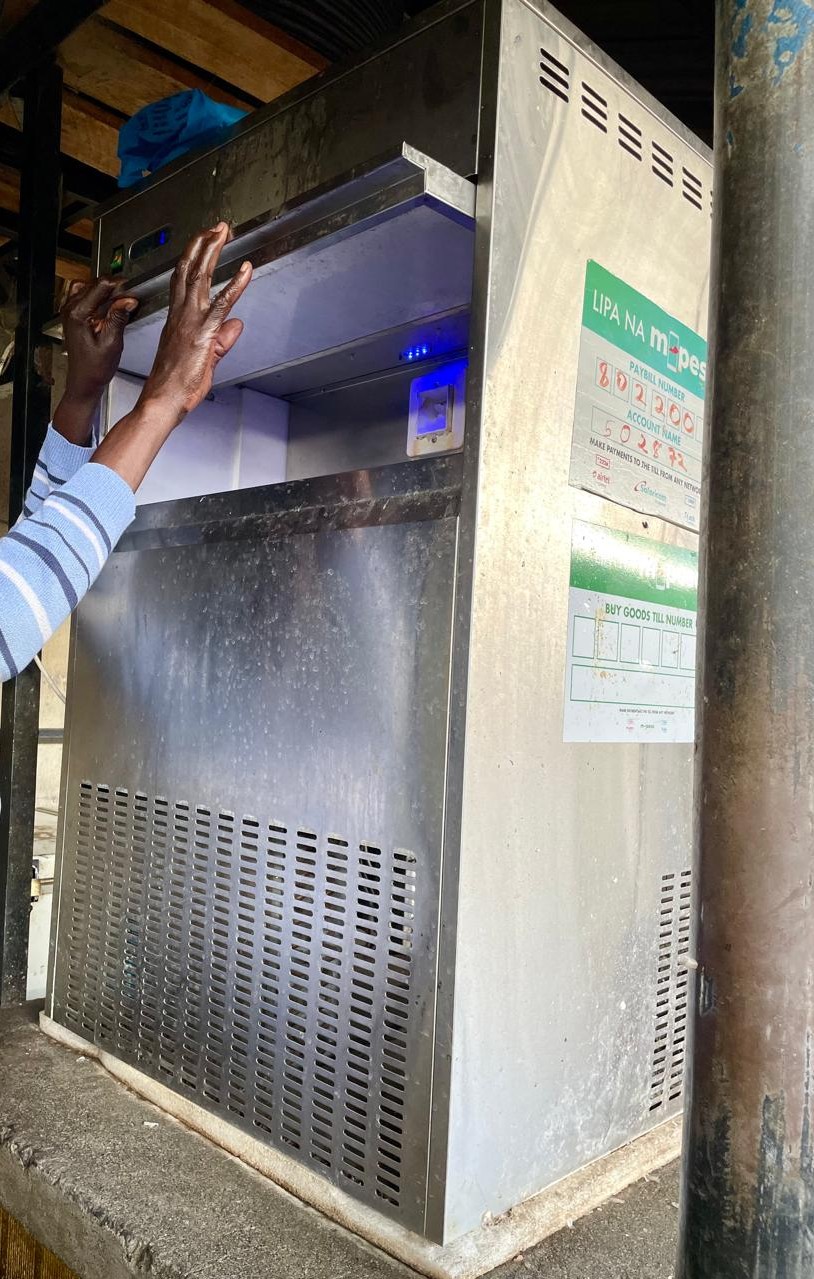
Introduction
Nakuru County, situated in Kenya’s Rift Valley region, is a leading agricultural and economic hub renowned for its vibrant urban centers, scenic landscapes, and rich biodiversity. While agriculture remains the County’s primary economic driver, the fisheries and aquaculture sectors have gained momentum in recent years as part of broader efforts to diversify livelihoods and enhance food security.
The aquaculture sub-sector has experienced increased investment in fish farming, value addition, and market development, fueled by the growing demand for affordable and nutritious protein sources. Small-scale fish farmers and traders, particularly women, play a critical role in the local fish value chain, operating across both rural and peri-urban markets.
In 2024 alone, the fisheries sector in Nakuru generated approximately KES 248 million in revenue, with over 2 million kilograms of fish harvested, predominantly tilapia. Despite this progress, the sector continues to face challenges, including post-harvest losses, limited access to cold storage, high electricity costs, and increasing vulnerability to climate-related impacts such as temperature fluctuations and unreliable power supply, all of which threaten the sustainability and profitability of small-scale fish enterprises.
In particular, small-scale fish traders play a critical role in the County’s fish value chain, engaging in procurement, processing, preservation, and retail, often under challenging conditions. These actors are not just selling fish, they are adding value at different stages, from gutting and filleting to managing cold chains and aggregating supply. However, their efforts are frequently constrained by high post-harvest losses, limited access to cold storage, unreliable electricity, and rising climate-related risks.
To address these challenges and improve fish quality, safety, and profitability, Nakuru County, in partnership with the Agricultural Sector Development Support Programme II (ASDSP II), supported the County through the provision of climate-smart technologies to preserve unsold fish, extend shelf life, reduce losses, and improve market competitiveness.
Click the story below to read more.